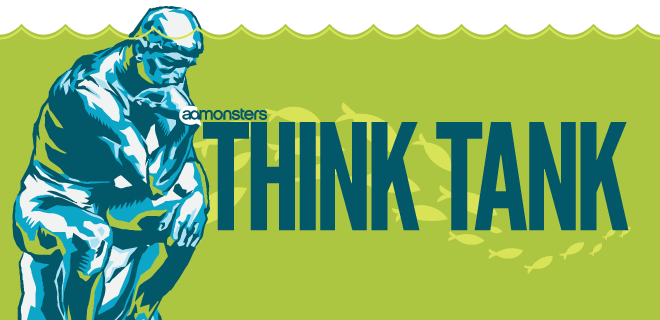
What makes an ad product strategy successful? When was the last time your suite was updated?
In a recent AdMonsters Think Tank hosted by Celtra, publishers shared how they define success, upgrades made through the years, and what works best.
Countless creative options sound great on paper, but when an advertiser is faced with 15, 20, even 30 ad options, choosing what’s best can be overwhelming.
Less Is More
“We went through this ad product cleanup exercise where we sort of doubled down on what we say is ‘less is more,’” said one publisher. “We’re trying to shift away from standard IAB to more high impact. We adopted a portfolio of close to 30 different formats that we offer, which is too much, to be honest. So the challenge is trying to strike that balance between which ones actually work, and which ones are being well received by clients.”
“And the sellers understand because that’s part of the problem; if you have too much, they get lost,” continued the publisher. “We measure success around interaction, hovers, view time, watch time, time spent, any of those types of stories that we can tell with the formats is what we strive for.”
Another publisher noted the conundrum of making money on the publisher side but ensuring it hits KPIs on the client side.
“It may be a great ad product from the publisher point of view,” they said. “It sells. It makes a lot of money. But on the flip side, is it doing what it needs to do from the buyer’s KPI? And if their [advertiser’s] goal is bottom of the funnel, maybe it’s not doing what it should do. So how do you judge? I make money and then it’s also good for them because it meets their KPI.”
Programmatic, Programmatic, Programmatic
It may not be sexy, but it brings home the bacon. It’s not automated, it’s not industry standard, it makes life challenging for programmatic teams, but it’s a profitable requirement for publishers.
“We want our advertisers to have a destination, for it to feel natural, but it makes my team’s job harder, as programmatic is not necessarily industry standard,” one publisher said. “But at the end of the day, the programmatic team is driving the bulk of the revenue. And so no matter how much they don’t like it and it doesn’t fit the future vision, it’s a necessity.”
Programmatic creative is having a renaissance of sorts, with more dynamic options available for advertisers.
“It [creative within programmatic] took a step back initially because it had less features and functionality available for rich media,” chimed one publisher. “We’re starting to climb back out of that. We’re starting to see a lot more rich media being transacted programmatically. And there are many publishers where anywhere between 50 to 100 percent of their revenue comes through programmatic. Now we’re always trying to be thought leaders of what is the next step that we can do within programmatic.”
“There is going to be an evolution of rich media within programmatic,” remarked another publisher.
Less is more seemed to be the resounding response regarding ad product strategy given that so many things must work together harmoniously to succeed and remain seamless.
Shop [in This Ad] ’til You Drop
The pandemic saw the use of store locator functionalities decline significantly and brought an uptick of shoppable ads. Until this format is standardized, feelings about it remain mixed.
“E-commerce has become huge,” one publisher said. “We helped strategize with a lot of our clients that were getting hit because there was no use of location-based data. Once location came back, they now had the shoppable, e-commerce solution and they had a location base. So it’s actually helped with overall growth.”
Another noted that they feel a “little uncomfortable buying something in an ad because [they] work in the industry and see enough going on with malvertising and data leakage.”
“There’s nothing in that [ad] window that says ‘this is a secure buy.’ There’s absolutely nothing. And there’s no way to prove that they’re secure.”
As publishers continue to be seen as trusted spaces, additional data needs to be analyzed to further elevate the need/use for shoppable ads.
“Advertisers like them because they’re interactive, and something different beyond standard, but do they actually work,” concluded one publisher.